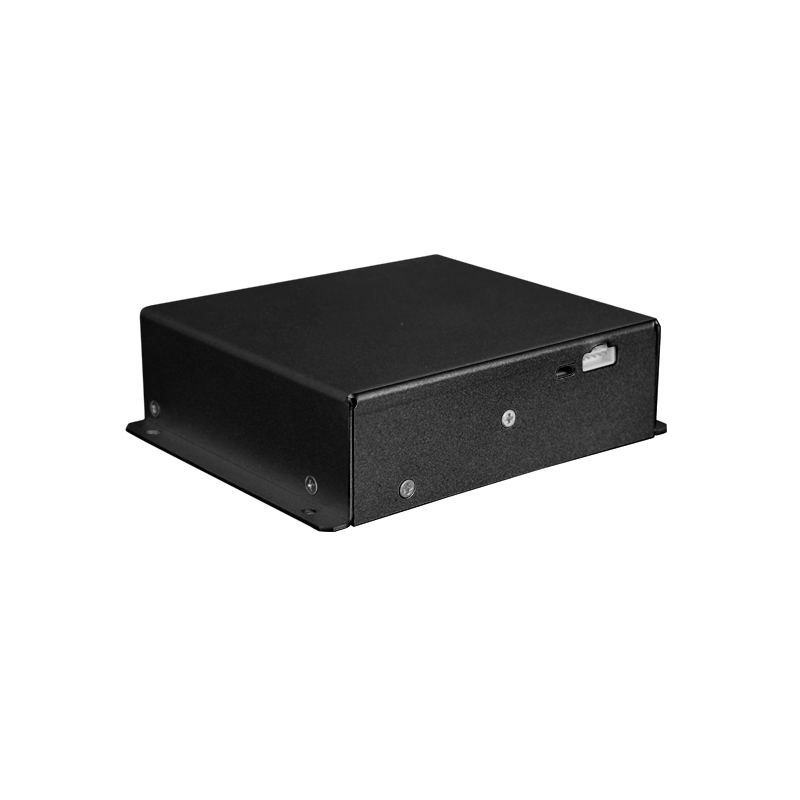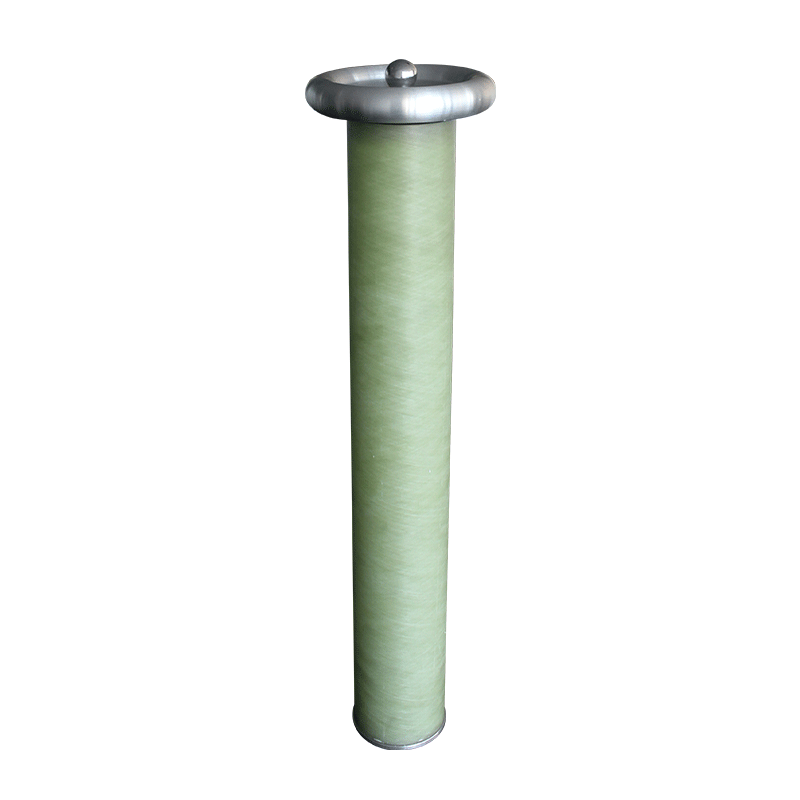Multi-Physics Collaborative Simulation for High-Voltage Power Supplies in Lithography Machines
In semiconductor manufacturing, the precision of lithography machines directly determines the process level of chips. The high-voltage power supply, a core subsystem, provides energy for electron beam deflection systems, ion optics units, and precision servo mechanisms. As process nodes advance below 5nm, high-voltage power supplies must respond to load transients within microseconds, maintain millivolt-level voltage stability, and overcome multi-physics coupling effects such as electromagnetic interference (EMI), thermal deformation, and mechanical vibrations. Multi-physics collaborative simulation technology, integrating electrical, magnetic, thermal, and mechanical models, has become a critical method for optimizing high-voltage power supply design.
1. Challenges of Multi-Physics Coupling
• Transient Response & EMI: During electron beam scanning, load currents can surge from 10% to 90% of the rated value within 1μs, causing output voltage undershoot or overshoot. A voltage deviation exceeding 50mV may result in a 0.1nm electron beam placement error, leading to pattern distortion in extreme ultraviolet (EUV) lithography. Simultaneously, high-frequency switching of components (e.g., IGBTs/MOSFETs) generates broadband electromagnetic noise, interfering with precision control circuits via conduction and radiation.
• Thermo-Mechanical Effects: High power density designs (e.g., 4kW/U) create significant internal temperature gradients. Thermal expansion induces component deformation, further compromising electrical connection reliability. For instance, a temperature rise exceeding 11°C in filter capacitors may cause capacitance drift, amplifying output voltage ripple.
• Mechanical Vibration Transmission: High-frequency vibrations (up to 100G acceleration) from the lithography stage may induce resonance in internal wiring, leading to contact failure or degradation of magnetic components.
2. Collaborative Simulation Framework & Technical Pathways
Multi-physics simulation requires cross-scale models to achieve coupled analysis from device to system levels:
• Electro-Magnetic-Thermal Co-Simulation
• Electromagnetic Simulation: Finite element methods (e.g., CST/Ansys Maxwell) model high-frequency electromagnetic fields of switching devices to quantify near-field radiation. Soft-switching techniques (ZVS/ZCS) can reduce switching losses by 30% and suppress harmonic generation.
• Thermal Optimization: Computational fluid dynamics (CFD) simulates heat dissipation paths. Combining heat pipes and forced air cooling confines hot spot temperatures below 70°C. Simulations show optimized airflow design reduces transformer temperatures by 10°C, enhancing thermal stability.
• Structural-Electromagnetic Coupling Analysis
Modal analysis predicts vibration impacts on electromagnetic components. Shielded enclosures and damping materials suppress resonance. For example, metal shields (zinc-plated steel) can reduce radiated emissions by 20dB, complying with CISPR35 Class A standards.
• Transient Response & Control Algorithm Integration
System-level models embed dynamic load compensation algorithms to adjust PWM parameters in real-time. Simulations verify that these algorithms limit voltage fluctuations to ±0.1%, enabling servo motor positioning accuracy of ±5nm.
3. Engineering Validation & Performance Enhancement
Simulation results require experimental calibration:
• Prototype Testing Loop: Deploying temperature and EMI sensor networks during prototyping validates simulation data and iterates models. For example, calibrating thermal boundary conditions based on measurements reduces prediction errors to <5%.
• System-Level Reliability Verification: Vibration and temperature cycling tests per MIL-STD-810H ensure power supplies operate reliably across -40°C to 100°C, achieving MTBF over 100,000 hours.
4. Future Directions
As processes continue to shrink, multi-physics simulation must evolve toward:
• Digital Twin Platforms: Integrating real-time sensor data with AI algorithms for dynamic parameter optimization;
• Advanced Material Models: Incorporating high-frequency loss models for SiC devices to improve simulation accuracy;
• Quantum Effect Modeling: Simulating microscopic particle behavior in high-voltage discharges for EUV plasma sources.
--
Conclusion
Multi-physics collaborative simulation for high-voltage power supplies in lithography machines bridges nanometer-scale precision and kilowatt-level power. By deeply coupling electrical, magnetic, thermal, and mechanical fields, it resolves conflicts in transient response, EMI, and thermal management while achieving system-level reliability, laying the foundation for atomic-scale control in semiconductor manufacturing.




















